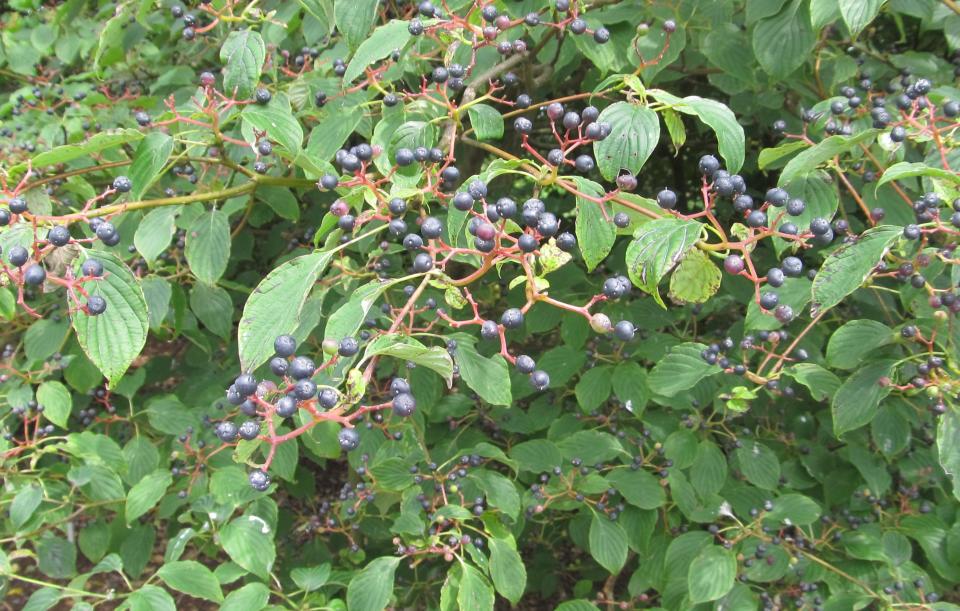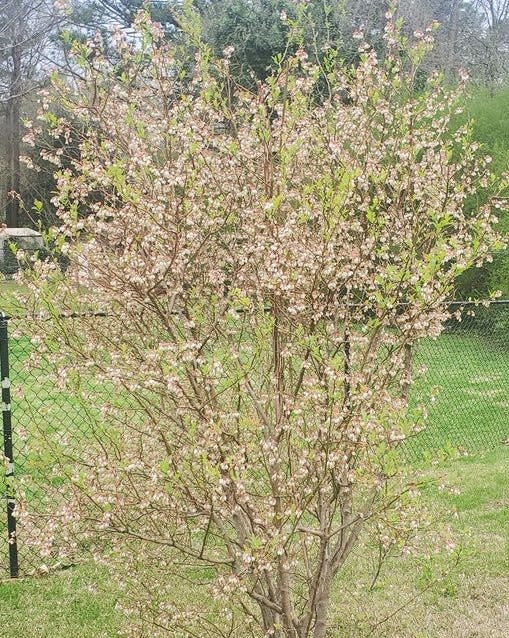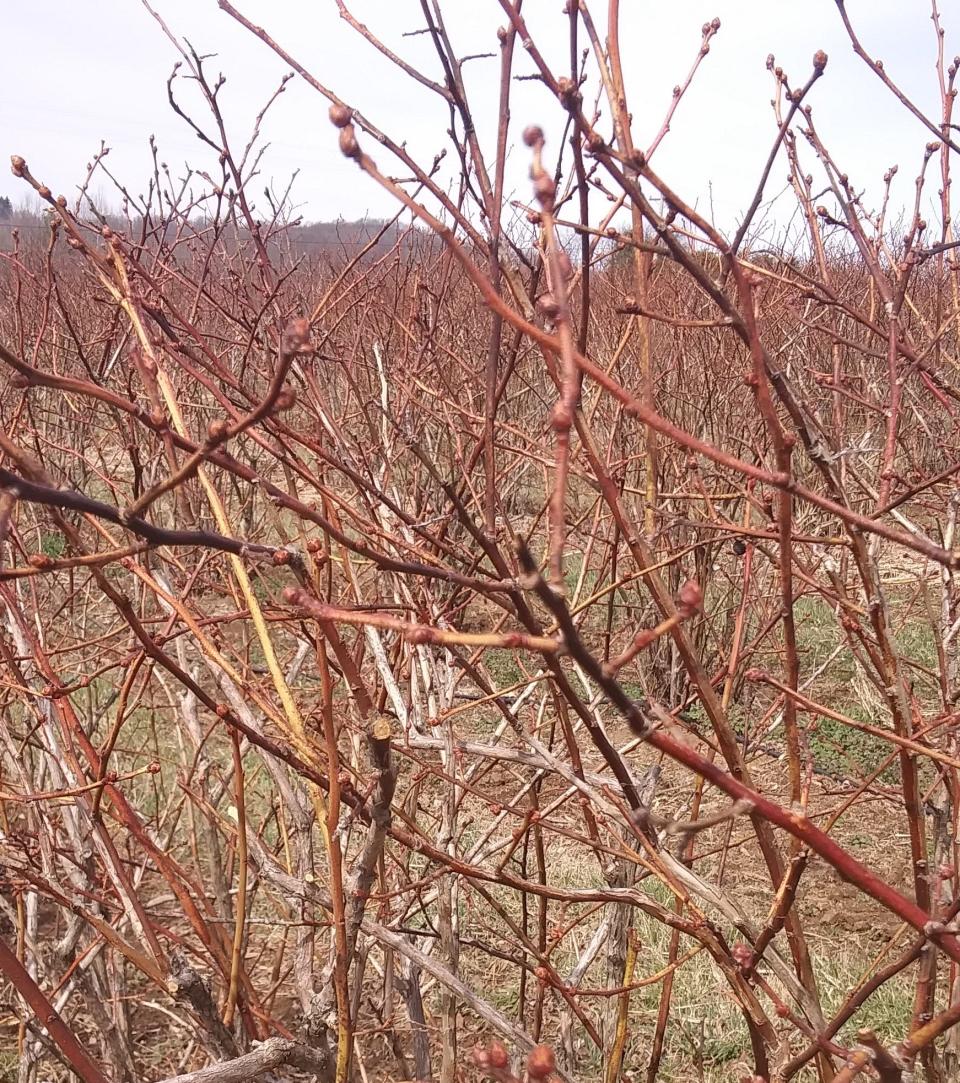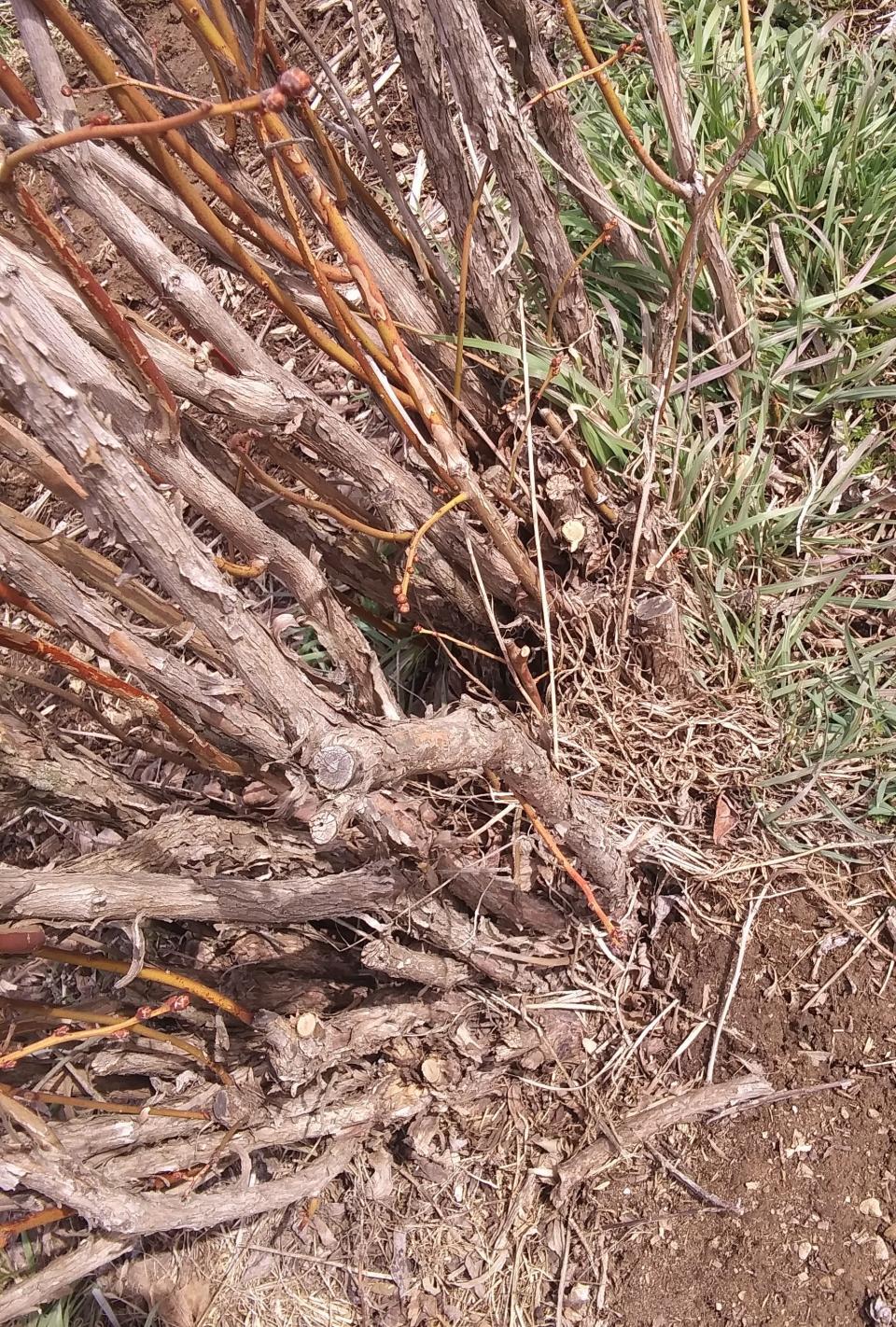A Stroll Through the Garden: Blueberries and other acid-loving plant issues
When I started designing beds and applying my knowledge to setting up the positions of plants in beds, one of my first designs included 23 pink azaleas to create a huge splash of color along Wolf Road in Bay Village. They were still there not that long ago. Personally, I have found these plants to be particularly difficult to grow consistently.
One of the most beautiful displays of azaleas and rhododendrons that I have come across was at Schoepfle gardens in Birmingham, Ohio. Otto Schoepfle, a newspaper garden columnist, tried to grow some pine trees as Christmas trees, which turned out to be about 20 or 30 acres. This trip to Birmingham should be one to plan on when the azaleas are in bloom. From what I’ve been told, Schoepfle didn’t really like people cutting down his trees. So, he went into another idea for his pines. Pine forests are the natural habitat for rhododendrons and azaleas, as you can see in the spring in the mountains in Tennessee, the Carolinas, and Virginia. Now, many years later you can go to this very old Christmas tree farm and discover these beautiful rhododendron allees.

Last week at the pool I had a reader ask me about why her newly planted blueberries weren’t producing. Blueberries right now should have been pruned for good fruit production. Primarily the buds have started to come out earlier than they did last year. For the plants that don’t look well, the standard thing that I tell any berry owner is that they need to change the pH of the soil. If the initial test tells me there is a pH problem, a pH of 6.5 and above because these plants are acid lovers, then we need to work on it. This fertilizing process is something that you need to do every year in order for the plants to do well. If the plants had yellowish leaves, the condition is called chlorosis and will have a serious effect on the health of the plant.
About 12 years ago I came across a method of preserving ericaceous plants, of which blueberries are in the family, that is a more natural process for us in Ohio and all of our Ohio clays. I modified some of these ideas over the years. The basic ideas remain the same. What you really have to do is change the nature of the soil. For the soil mix I combined pine needles, which I purchased as a bale, a peat muck soil, and leaf compost in equal parts. This can also be a top dressing. I removed the azalea from where I had planted it and made a one-foot mound out of this soil — and then transplanted the azalea back into the same spot, only on top of the newly-created mound of soil. The crown of the plant was level with the top of the mound. My pink azalea recovered and was beautiful for three seasons. From my own experience this changed the soil conditions enough that it saved this azalea for a time.

I had the opportunity to take a class on pruning fruit trees at an Ohio State orchard near Wooster on Oil City Road two weeks ago. Becky Colon is an employee and orchard expert for Ohio Agricultural Research and Developmental Center. We can easily consider Colon an expert in many levels of orchard care. I also asked her advice for young blueberry shrub pruning.
Training young blueberry bushes by pruning them regularly during the first two years promotes proper structure of the plant and supports maximum production of fruit. If you can recognize the younger cane from the older cane or twig, you can begin producing fruit in time. Orange or red twigs or cane is the first year growth. The gray wood is the larger older or second year twigs or cane. Blueberries grow on cane that is one year or older. We need to prune the bushes so that they provide enough new growth for blueberry production next year. This pruning must take place each year to get steady production. Otherwise, you will skip years of fruit bearing.
There are a number of important maintenance issues like the plant being too tall to harvest comfortably or too dense to get between the leaves and branches, which increases the chance of disease problems because of lack of air flow. Pruning allows for more sunlight and better fruit ripening. Cross branches need to be cut away. This will allow the plant a chance to focus on growing straight up and the fruit will be off the ground.
Work on creating the right shape for the bush. Cut out weak, dead, discolored, damaged or diseased branches. Weak suckers at the bottom of the shrub need to be removed. Upper twig growth needs to be removed. Between pruning cuts, I have always liked to disinfect the shears. Remove only one or two of the older grey branches from the plant. After the second year you can cut back the longest canes only two-thirds of their length and focus on leaf flat buds, not fat fruit buds. Our blueberry bush needs to grow as a plant not the fruit. Winter pruning is what is needed, but I have found late February and early March the best time to prune. I have always used sharp shears for any pruning.

If you have any questions about your garden, birds or tropical plants, please let me know by e-mail at ericlarson546@yahoo.com. You can find this column soon on ohiohealthyfoodcooperative.org. For myself I have been thankful for my readers and the wonderful questions you have all asked. Thank you “Blueberry Patch” for letting me take some pictures.
A correction for last week’s column on Angel’s Trumpet in the native range this plant can get as tall as 35, lost a digit, feet tall. Thank you for your help.
Eric Larson of Jeromesville is a veteran landscaper and gardening enthusiast and a founding board member of the Ohio Chapter of Association of Professional Landscape Designers.

This article originally appeared on Mansfield News Journal: Things to consider when growing your own blueberries

